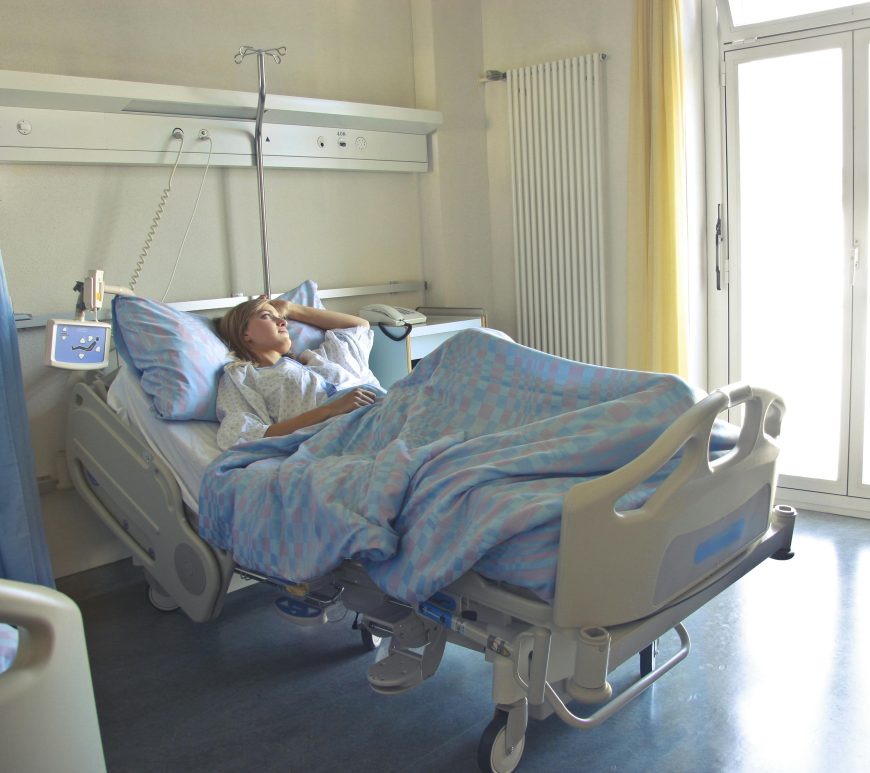
How does the Li Maneuver compare to the Epley maneuver for Vertigo relief?
In 2017, a study conducted by researchers Jinrang Li, Shiyu Tian, and Shizhen Zou has found that the Li maneuver, a novel repositioning technique, is equally effective as the well-established Epley maneuver in treating posterior canal benign paroxysmal positional vertigo (PC-BPPV). PC-BPPV is a common inner ear disorder that causes dizziness and imbalance due to dislodged calcium particles in the inner ear canals. The study, … Continue reading How does the Li Maneuver compare to the Epley maneuver for Vertigo relief?



